As much as I dislike the resort culture, there is something about Tenerife that keeps luring me back.
Perhaps it’s the convenience of a direct flight. Perhaps it’s the warmth of the sun all year round.
One thing is for sure, it definitely isn’t the resorts. I mean, they are perfectly fine, as resorts go, but you could be anywhere (even at an English seaside) in a resort, why would you bother going all the way to a destination just to sit by the pool all day?
In fact, what I love about Tenerife is everything else outside the resorts, and on a recent trip I got to experience Tenerife from top to bottom.
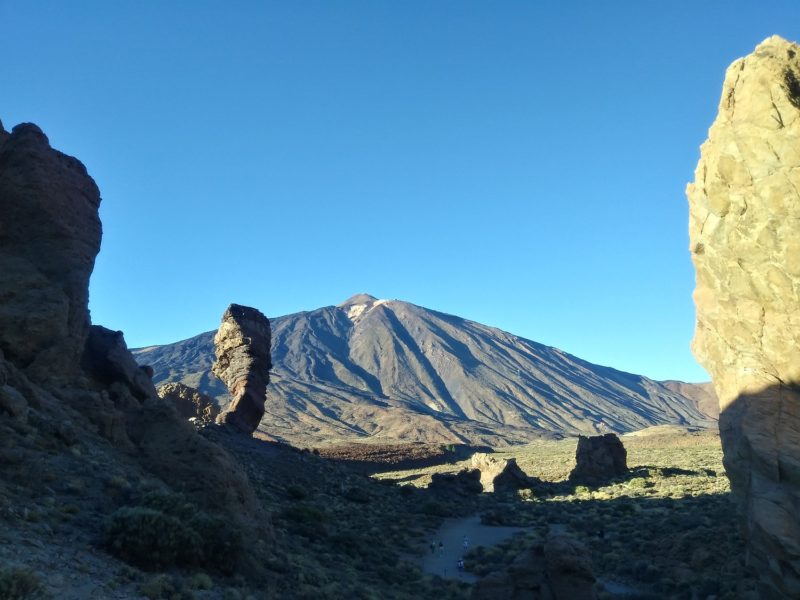
Mount Teide, gateway to hell
In the native Guanches language, Teide means ‘hell’. Rightly so. With the recent eruption of Cumbre Vieja on La Palma still on-going and the plume of black clouds can be seen on the horizon from a high vantage point on Mount Teide, there is no better time to remind myself that I was also standing on top of a still active volcano.
The last eruption of Mount Teide was in 1909, the rocks formed by the lava flow clearly visible from the road side near the village of El Molledo. Many more lava flow fields from previous eruptions can be seen from various vantage points in Teide National Park, including the spectacular area around Roques de Garcia, the most famous rock formation in Tenerife.
And it is the volcano that has shaped Tenerife in many ways, according to the stories of the Guanches, you could say Tenerife is made and shaped by the forces of hell!
Anyone who has been anywhere in the presence of volcanoes will know that these angry mountains create the most intriguing landscapes, and you really have to get out of the resorts to see nature at its best (yes, I am looking at you, the sun-bed hogging, lobster-turning, never-leaving-the-pool-side resort goers – Get Out, Get About – if you have come all the way to a destination GO AND SEE IT!)
Anyway…
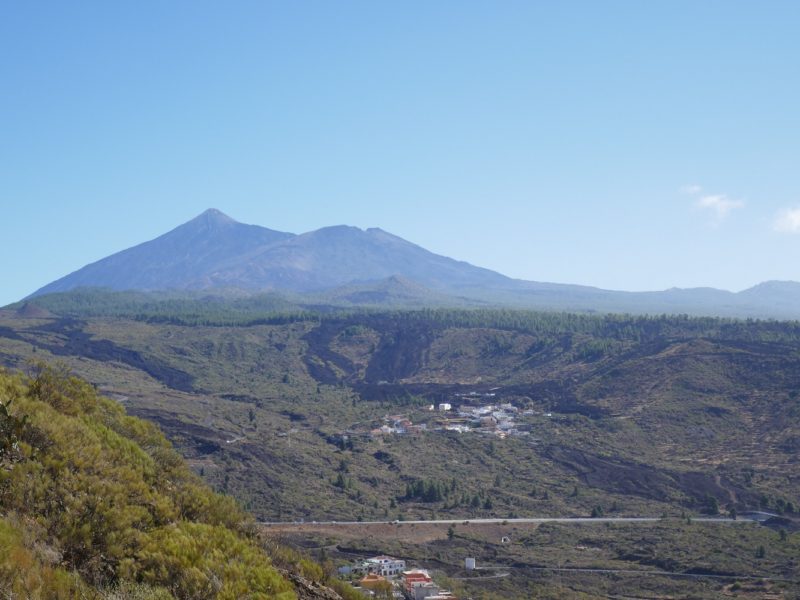
See it from above: Go paragliding
One of the most spectacular ways of seeing Tenerife and Mount Teide is to go paragliding. From above, you can really see how the mountain has shaped this island.
Soar over the ridges and the plains like a bird, see how the coastline zigzaggs around the volcanic centre, lined with resorts and banana plantation, and see how the human population has developed from the coast and slowly crawling up the hills. It’s like being in a travel documentary and seeing pictures from a drone – except, you are the drone!
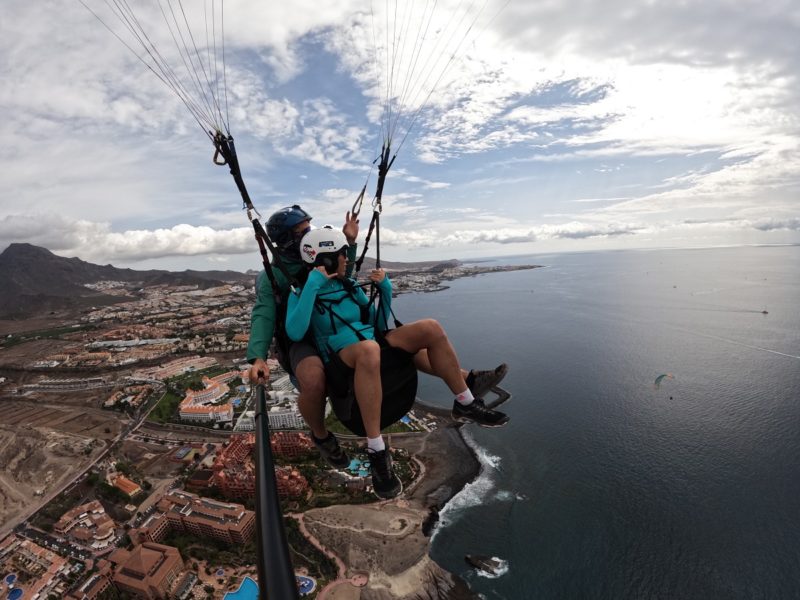
See it at eye level: Go hiking
I love getting up and close with nature, and hiking gives you that. There are plenty of hiking trails all around Tenerife and the Teide National Park, giving you the opportunity to walk the volcanic track, see the Geological layers of the rocks and the dikes formed by cooled magma. You’ll also see the change in vegetation as you ascend and descend in altitude, from the dry dusty sea level grounds to the cooler higher grounds where treeline begins and where cultivation of different crops are possible. One of the lesser known agriculture industry here is the wine – due to the various elements from the volcano in the soil, the wines (at least, the reds that I have tried) has distinct mineral palletes to it, making them vastly different (but no less amazing) to any other mainland European wines available. (Personally tasted by yours truely!)
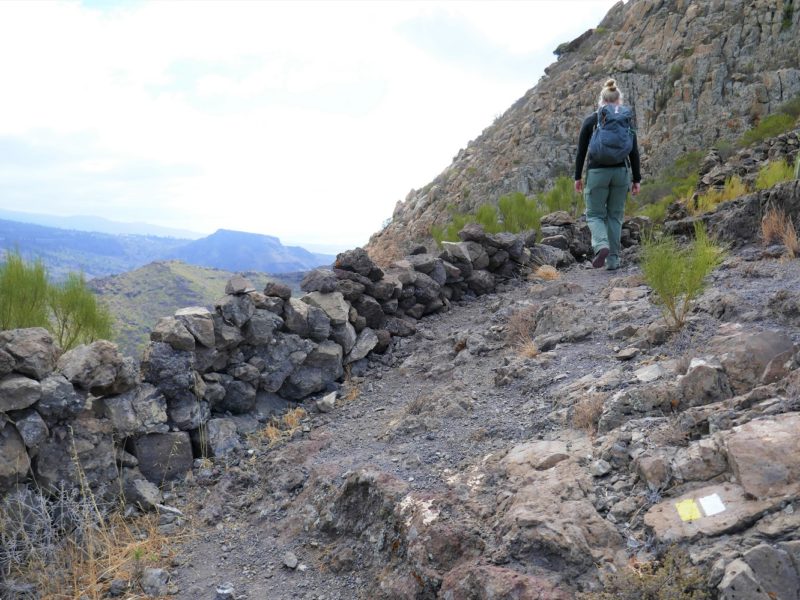
See it from below: Go scuba diving
Scuba diving in Europe? Well, you might be surprised. I was!
I trialled two shore dives on this trip (hoping for longer trip next time for boat dives) and was surprised by the amount of sea life I did see underwater. Ok, so it’s not the Maldives… but considering its Atlantic location and the busy water traffic around the Canaries, I didn’t expect to come face to face with schools of common fish such as barracuda, trumpet fish, amber jack… plenty of damselfish darting in and out of rocks, and the several soles peaking out from their sandy hideouts.
Ok, the water is… relavtively cold (20C I think) and shore dives don’t really get you the big stuff (like turtles, eels, sting rays) but, from diving, you can still see the evidence of how the volcanic environment continues even in the underwater landscape.
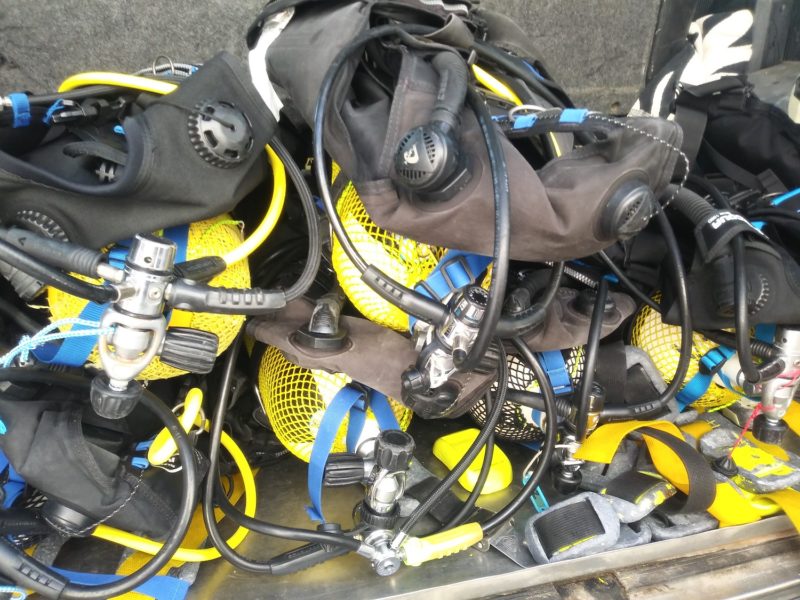
See into the sky: night time stargazing
Another experience I totally did not expect (well, I did, but not to this level) is the amazing stargazing opportunity on the hills of Mount Teide.
Tenerife has a good link to the night sky: apparently, due to its geographical location and ideal climate, Tenerife has historically been a place to observe and discover spatial phenomena, and British astronomer William Radcliffe Birt even named a particular area on the Moon ‘Montes de Tenerife’ in honour of the island!
So, where better to observe the night sky than up on Mount Teide? And it was beautiful. I was awe-struck by the glitter that spread above me, even saw 5 shooting stars! (Which are not stars, as the scientic in-the-knows know) The night time experiences usually begin with watching the sunset before wrapping up (yes, it gets really cold up in the mountain, I am not kidding) and turning our heads up to view the Milky Way, to see the planets (we saw Jupiter) and learn all about the constellations.
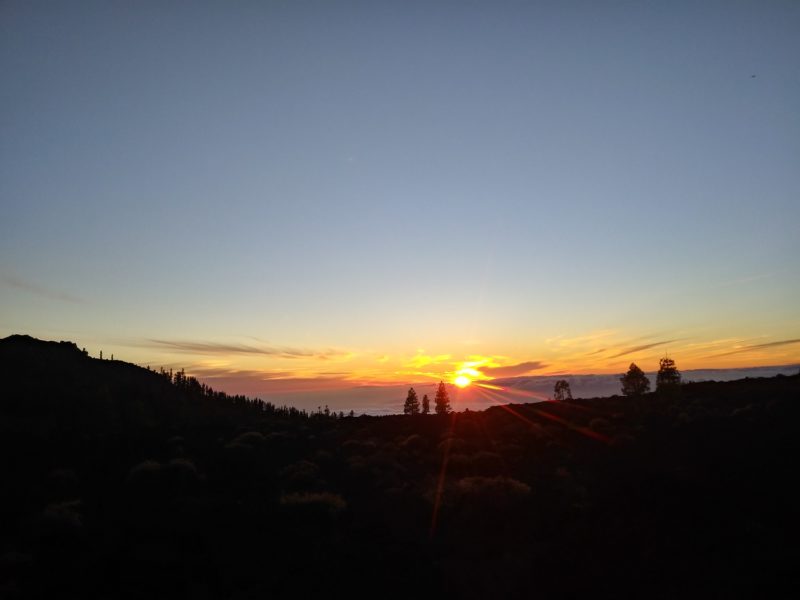
So get out of your all inclusive resorts
I won’t lie, I too, do enjoy a little bit of comfort of these all inclusive resorts (to a limited point) but, there is not point coming to a destination if I could just set up some deck chairs on the street and pretend I am elsewhere. Get out of these resorts and see Tenerife. It is so much more than just being your favourite winter sun destionation.
For more info: visit Hello Canary Islands – Tenerife
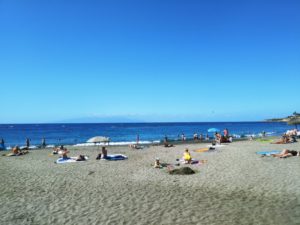

 Cycling in the Outer Hebrides, Scotland
Cycling in the Outer Hebrides, Scotland
Share your thoughts below!